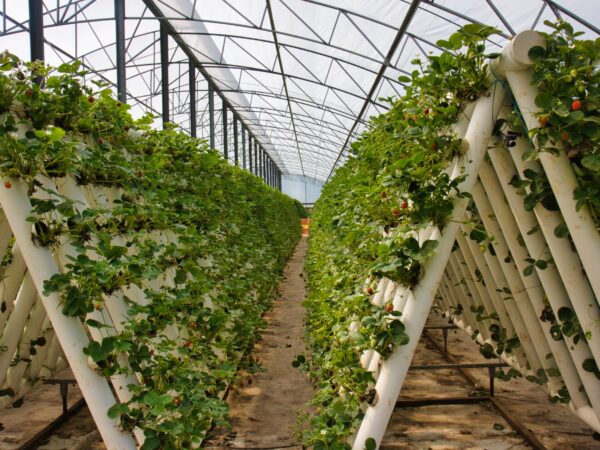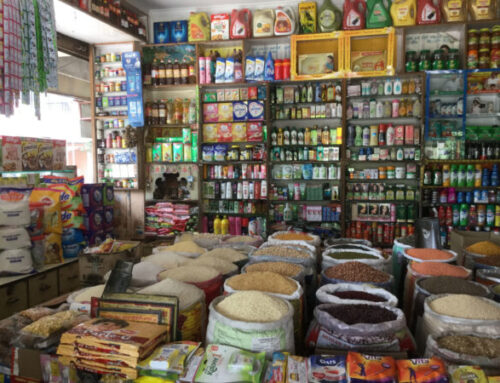by Rahul Shetty, Jr. Consultant
The Problem
The major challenge for many developing countries like India is in the process that the food undergoes before it reaches the end-consumer. Food wastage despite being a global problem, let’s us stand a chance to convert this into an opportunity. A report by the UN’s Food and Agricultural Organisation states that every third malnourished child is Indian. Even so, we are witness to this significant amount of food wastage that occurs because of gaps in the logistics supply chain, which, if addressed, can help bring down the wastage in food.
Just how much food do we waste?

Despite adequate food production, the UN has reported that about 190 million Indians remain undernourished. It is further estimated that the volume & value of food wastage in India is around 40% & ₹92,000 crores per annum respectively.
Introduction to Hydroponics
While industrialized farming techniques have meant a more plentiful supply of cheaper, fresher food – most notably in the developed world – they can also be a threat to the environment, promoting waste, putting too much strain on resources and causing pollution. That’s one of the findings of a report published by the Ellen MacArthur Foundation at the World Economic Forum Annual Meeting 2019 in Davos.
80% of all food is expected to be consumed in cities by 2050, today they often act as black holes, sucking in resources but wasting many of them. This is due to the need to transport food to urban areas. That’s a process that places great importance on producing a lot of food, then packing and shipping it across sometimes vast distances, before storing and finally selling it to people. From start to finish that requires resources to be deployed at every step of a long chain of events – fuel, people, land, buildings, the list goes on.
How does it work?
Essentially, hydroponics is the process of growing plants without using soil, which might sound counterintuitive to anyone unfamiliar with the practice. The word itself is an amalgamation of two Greek words: hydro, meaning water and ponein, meaning to toil. Plants are rooted in a variety of compounds, including vermiculite, rockwool, or clay pellets – inert substances that won’t introduce any elements into the plant’s environment. Nutrient-enriched water then feeds the plant.
The Bridgegap verdict
There is a major difference in the way the value chain at which food is wasted differs between developed and developing countries. In the case of developing countries, waste and/or losses tend to occur during the initial stages of the food value chain. Reasons for the same include limitations around farming, crop management and harvesting caused by a lack of finances, resources and expertise. If not Hydroponics, improving the infrastructure and logistics of food in developing nations can help address many of the abovementioned challenges.
Sources
- https://www.forbesindia.com/blog/technology/how-to-turn-indias-food-waste-problem-into-opportunity/
- https://www.weforum.org/agenda/2019/02/hydroponics-future-of-farming/
- https://www.weforum.org/events/world-economic-forum-annual-meeting-2019
- https://www.moneycontrol.com/news/photos/world/world-food-day-a-look-at-indias-food-wastage-crisis-5971731.html





